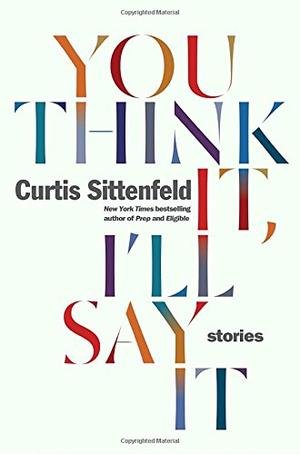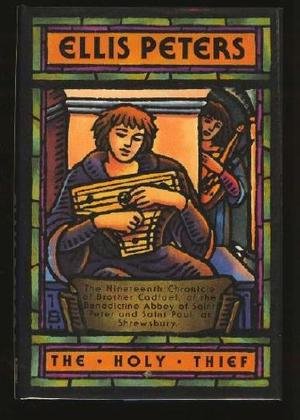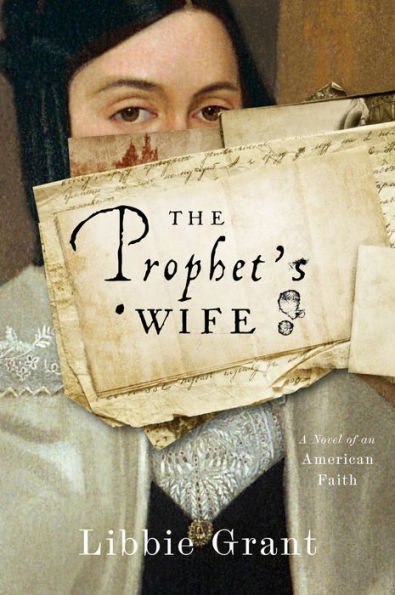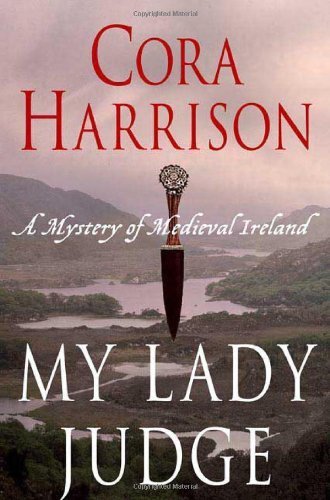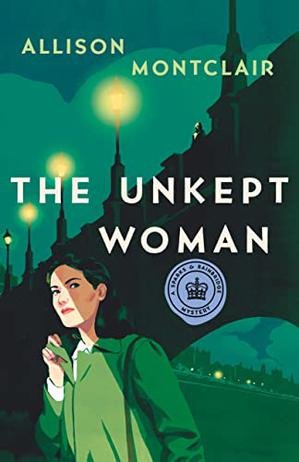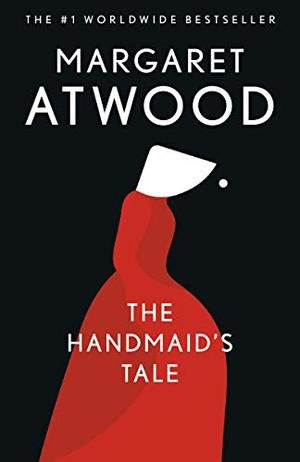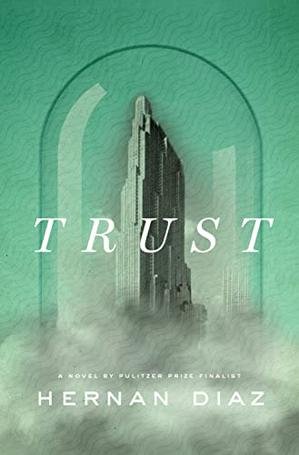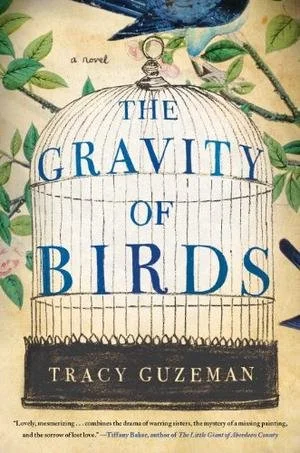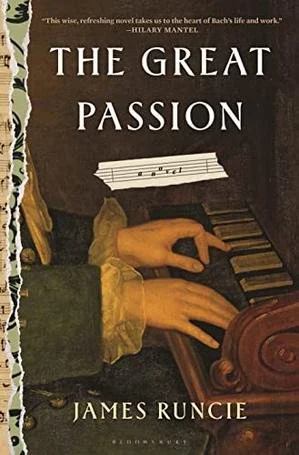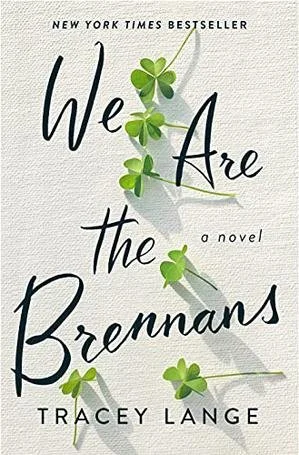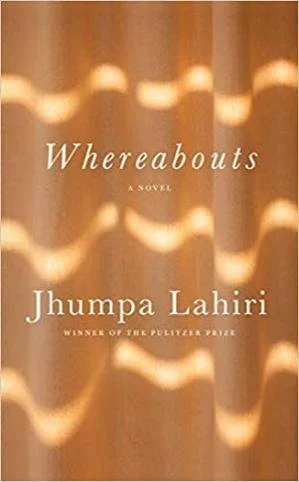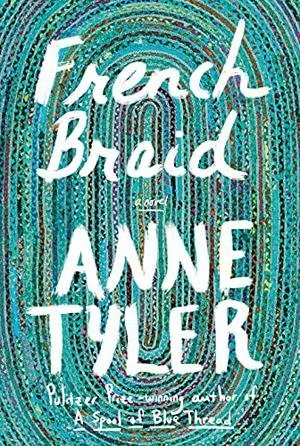Recently my longsuffering husband has hauled home large stacks of novels from our local library for me. Most of them have headed right back to the drop box. But I’ve found a few great titles about contemporary life, reviewed here for your consideration!
The Marsh Queen Virginia Hartman (2022) Bird artist Loni is settled in Washington, DC, working at the Smithsonian, when she gets word that her mother has dementia and must go into assisted living. Loni drives to her home town in northern Florida to help her brother clear out the family home. What she thinks will be a two-week stay keeps getting extended, as she reacquaints herself with the flora and fauna of the marshes, swamps, and lakes of her childhood and tries to unravel the secrets around the death of her father, which occurred decades in the past. The action in this novel, told in first-person narration, builds to a startling (and, fair warning, violent) denouement. I found the descriptions of steamy, lush, leafy wildernesses to be suggestive of Delia Owens’s Where the Crawdads Sing (reviewed here), and indeed, like that novel, The Marsh Queen is a complex mystery tale that also features a romance subplot. Thanks to Meg McCarthy for recommending this book!
Take What You Need Idry Novey (2023) Two voices speak in first-person in this novel. Leah describes her car trip to the home of her estranged stepmother, Jean, in the Allegheny Mountains of Appalachia. In alternate chapters, we hear from Jean, who lives in a ramshackle house filled with the unusual metal artwork she’s created. Time moves back and forth, enlarging the reader’s understanding of these two characters, as the storyline progresses toward Leah’s confrontation, after Jean’s death, with Jean’s house full of sculptures. What I found much more intriguing than the plot, however, was the depiction of the difference between the two women in their attitudes toward the political divide in the United States. Jean is surrounded by people scratching out a precarious existence in a blighted town, and she treats her neighbors with kindness, even as she disagrees with their devotion to Trump. But Leah, removed from her comfortable urban milieu, is disgusted by the poverty of Appalachia and is terrified of its inhabitants. Does Leah change her views at all? Read this novel, and see what you think.
Godspeed Nickolas Butler (2021) I’ve reviewed two of Butler’s previous novels, The Hearts of Men and Little Faith, so I know that he’s not afraid to tackle tough issues in his fiction. In Godspeed, he lays bare unchecked capitalism, income inequality, and addiction. The three main characters are partners in True Triangle Construction, in Wyoming. Cole is the competent, take-charge businessman, though his personal life is a shambles, since his wife has left him. Teddy, on the other hand, has a loving marriage and four kids. He’s a solid citizen and a committed Mormon, but he doesn’t always follow all the rules of his religion. Bart—well, Bart is the one with the addiction problem. All three men are skilled carpenters and contractors, but they’re barely getting by financially on small-scale renovation jobs. Then an ultra-wealthy woman offers them a chance to build her a magnificent house high in the mountains. The catch is that they have four months to complete the project if they want the substantial bonus she’s offering. As the clock ticks, more and more details of the unusual project, and of the characters’ backstories, emerge. I stayed up late into the night to finish this stunning novel, so I’ll warn you that there are some graphic scenes of violence that may give you nightmares.














